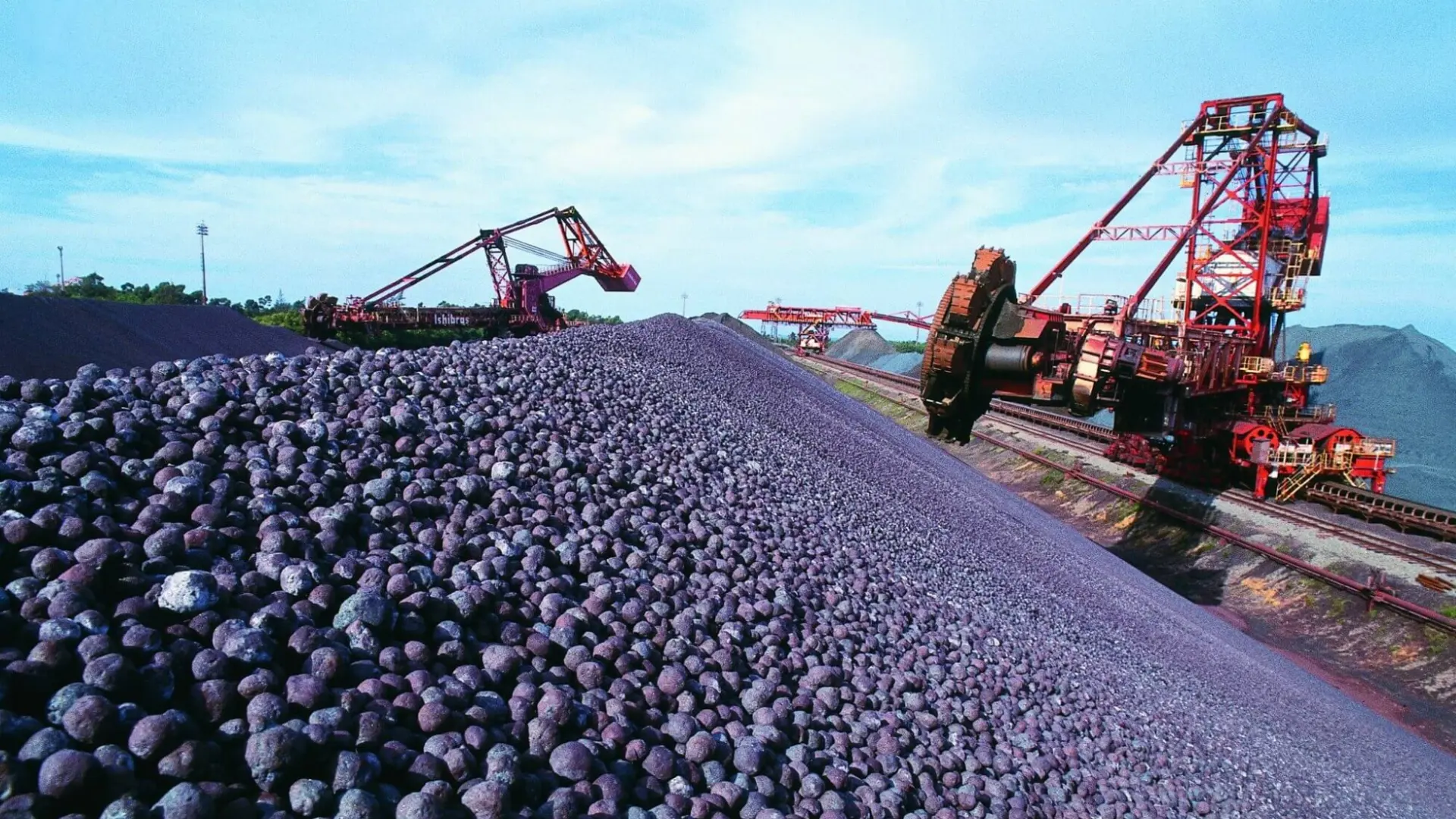What are the challenges facing the sustainable development of tungsten resources?
Category: Company News
Published Time: 2025-05-21
Summary: As a strategically scarce resource, the sustainable development of tungsten faces multiple challenges, involving resource endowment, mining and utilization, environmental impact, international trade, and technological substitution.
Tungsten, as a strategically scarce resource, faces multiple challenges to its sustainable development, involving resource endowment, mining and utilization, environmental impact, international trade, and technological substitution across multiple dimensions. A detailed analysis is provided below:
I. Resource Endowment and Supply-Side Challenges
1. Limited Global Reserves and Uneven Distribution
Scarce Reserves: According to the United States Geological Survey (USGS) 2023 data, global tungsten reserves are approximately 3.7 million tons, enough for only about 120 years of mining (based on the current annual mining volume of 32,000 tons). China has the largest reserves (58% of the global total), but at the current mining rate, domestic reserves may only last 60-70 years.
Concentrated Distribution: China, Russia, Canada, and Australia account for over 80% of global reserves, leading to resource importing countries (such as Japan and the EU) being highly dependent on external supplies, highlighting the risks to supply chain stability.
2. Increasing Mining Difficulty and Costs
Depletion of Rich Ores: Globally, easily mined high-grade tungsten ores (e.g., scheelite WO₃ grade >0.5%) are gradually being depleted. Existing deposits are mostly low-grade (WO₃ <0.3%) or associated ores (e.g., associated with molybdenum, tin, and copper), requiring complex ore dressing processes, increasing costs by 30%-50%.
Deep Mining Challenges: In South China, tungsten mining depth has reached 1000-1500 meters, facing high ground pressure, soaring ventilation and drainage costs, and safety risks. Some mines have been forced to close due to poor economic viability.
II. Environmental and Social Impact Challenges
1. Ecological Damage from Mining and Processing
Soil and Water Pollution: Sodium sulfide and oleic acid are commonly used in tungsten ore flotation, easily leading to heavy metal (tungsten, arsenic, lead) exceeding standards in mine water; leakage from waste rock piles and tailings ponds may pollute soil, affecting crops and water sources. For example, the Ganzhou tungsten mining area in China once experienced a 10-20 times excess of tungsten concentration in river sediments due to mining wastewater discharge.
Vegetation Destruction and Geological Hazards: Open-pit mining and mountain stripping lead to decreased vegetation coverage, causing soil erosion; underground mining creates goafs that easily induce ground subsidence, such as the multiple subsidence areas around the Shizhutuan tungsten mine in Hunan, threatening the safety of residential areas.
2. High Carbon Emissions from Smelting
High Energy Consumption of Traditional Processes: In the smelting process from tungsten concentrate to APT (ammonium paratungstate), the alkali decomposition method requires high-temperature roasting (800-1000℃), with an energy consumption of about 5000-6000 kilowatt-hours per ton of APT, and carbon emissions reaching 3-4 tons of CO₂. Global annual carbon emissions from tungsten smelting are approximately 1 million tons, equivalent to the annual emissions of 500,000 vehicles.
Waste Gas Pollution: The acid leaching process of wolframite produces ammonia nitrogen-containing waste gas, and the flotation of scheelite releases hydrogen sulfide, which can easily cause air pollution if not properly treated.
III. Technological and Industrial Upgrading Challenges
1. Low Resource Utilization Rate
Low Ore Dressing Recovery Rate: The ore dressing recovery rate of domestic small and medium-sized tungsten mines is only 60%-70% (developed countries can reach 85%), with a large amount of tungsten lost in tailings. For example, the WO₃ grade in the tailings of a tungsten mine in Jiangxi still reaches 0.15%, but it has been stored for a long time due to the lack of efficient recovery technology.
Insufficient Recycling of Processing Waste: About 20% of tungsten is generated in the form of grinding waste and sandblasting ash in the production of cemented carbide. The domestic recycling system is imperfect, with only 30%-40% being reused (Japan and Sweden have a recycling rate exceeding 90%).
2. Technological Impact of Substitute Materials
Cemented Carbide Substitutes: Ceramic tools (such as aluminum oxide and silicon nitride) replace tungsten steel in some cutting scenarios (such as cast iron processing), with lower costs and similar wear resistance; diamond-coated tools are seizing market share in precision machining.
Substitution in the New Energy Field: In lithium-ion battery anode materials, carbon-based materials such as hard carbon and soft carbon are gradually replacing tungsten oxide. Although tungsten-based materials have fast-charging advantages, their high cost limits their popularity.
IV. International Trade and Geopolitical Risks
1. Export Controls and Supply Chain Games
Adjustments to China's Export Policy: As the world's largest tungsten producer (accounting for 80% of global production), China has implemented export quotas and resource tax reforms since 2010, leading to fluctuations in international market prices (e.g., in 2022, APT export quotas were reduced by 25% compared to 2019, pushing overseas prices up by 40%).
Geopolitical Conflicts: Following the Russia-Ukraine conflict, the EU has accelerated the drive for key mineral self-sufficiency, planning to achieve a domestic supply rate of over 70% for materials such as tungsten by 2030, potentially restructuring the global supply chain pattern and intensifying resource competition.
2. Illegal Mining and Trade Issues
Black Markets in Africa and Southeast Asia: There is a large amount of illegal tungsten mining in countries such as the Democratic Republic of Congo and Myanmar, using backward technologies leading to resource waste (recovery rate <40%) and child labor issues, impacting legal market prices (illegal tungsten concentrate prices are 20%-30% lower than regular channels).
V. Sustainable Development Response Paths
Despite the numerous challenges, there is still room for breakthroughs in the sustainable development of tungsten resources through technological innovation and policy guidance:
Technology: Promoting green ore dressing (such as bioleaching and high-pressure hydrothermal methods), efficient recycling of waste tungsten (such as microwave-assisted regeneration), and low-carbon smelting (such as hydrogen reduction replacing traditional fire methods).
Policy: Establishing a global tungsten resource reserve system (such as China's strategic mineral reserve), promoting the application of ESG standards in mining areas (such as the Responsible Tungsten Supply Chain Initiative).
Industry: Strengthening cross-border integration of tungsten with new energy, electronic information, and other fields, developing high-value-added products (such as tungsten-based solid-state battery electrodes and nuclear fusion tungsten coatings), and improving resource utilization efficiency.
Summary
The sustainable development of tungsten resources is essentially a balancing act between resource security, ecological protection, and industrial upgrading. In the future, technological innovation will be needed to overcome bottlenecks, international cooperation will be needed to build a stable supply chain, and a circular economy model will be needed to extend the resource lifecycle. Only then can the continuous supply of this strategic material in high-end manufacturing, energy transformation, and other fields be ensured.
Keywords: What are the challenges facing the sustainable development of tungsten resources?
Related News
Company News
-
Core application scenarios and specific descriptions of tungsten products
Time:2025-05-21
-
What are some application cases of tungsten products in the energy field?
Time:2025-05-21
-
What are the challenges facing the sustainable development of tungsten resources?
Time:2025-05-21
-
How to balance the supply and demand relationship of tungsten resources?
Time:2025-05-23
-
What measures can companies take to reduce tungsten waste?
Time:2025-05-23
Industry News
-
What measures can be taken to reduce the environmental damage caused by tungsten mining?
Time:2025-05-23
-
What specific measures are there to promote technological innovation in tungsten resources?
Time:2025-05-23
-
How can tungsten mining enterprises effectively protect the ecological environment?
Time:2025-05-23




